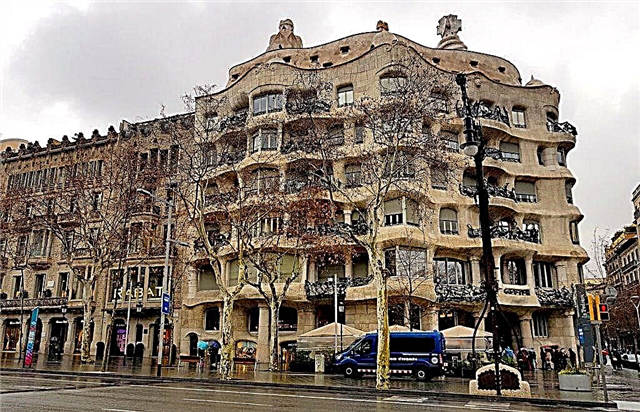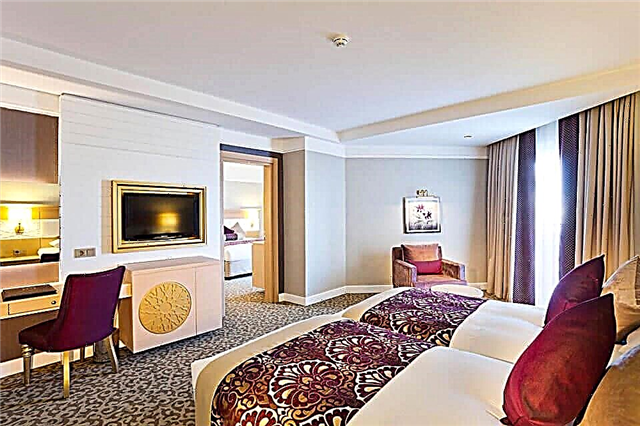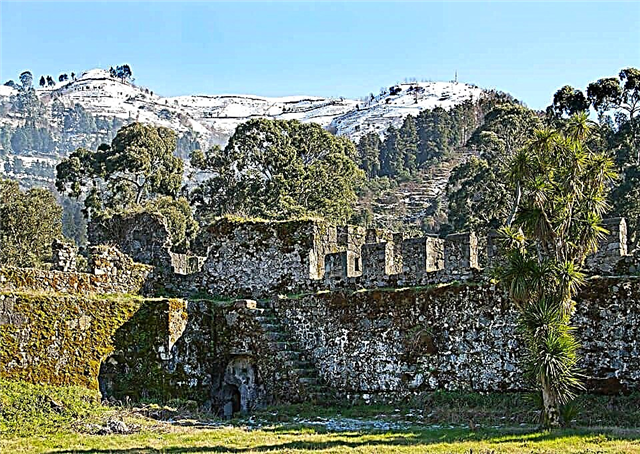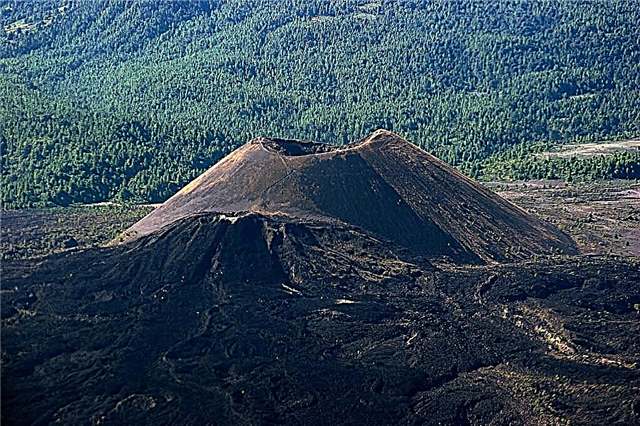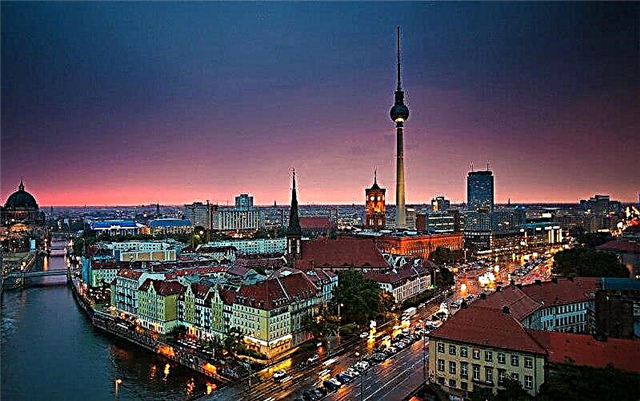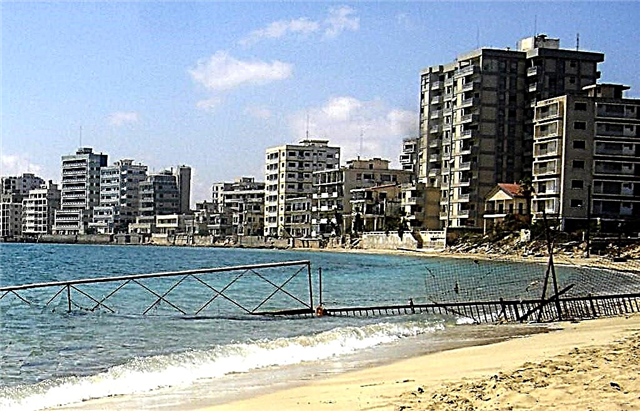The history of Cyprus is confusing and ambiguous. This has been especially evident in recent centuries. Interethnic strife, kindled against the backdrop of a very favorable geographic location and wealth of natural resources, literally prevents the island's population from developing and prospering. The golden sand of local beaches, attracting tourists from all over the world, the warm sea, wonderful landscapes cannot reconcile the Cypriots themselves with each other.

Since 1974, Cyprus has proven to be one of the most militarized places on the globe. But this does not prevent travelers from enjoying the colorful views of architectural monuments, beach vacations and clean air saturated with the aromas of fragrant greenery.
Before traveling, be sure Interesting facts about Cyprus - only on our website.
Sights
Famagusta has a lot to see for connoisseurs of antiquity. The city is spread over the Karpas Peninsula. Once upon a time, before the invasion of the Ottoman Empire in the 16th century, these lands were simply fabulously rich. The famous Turkish siege of the city fortress is celebrated by Emilio Salgari in the thrilling adventure book Captain Tempesta.

A stone citadel, the governor's house and 15 km long ancient fortifications surround the old city, keeping traces of the feats of arms of their defenders. And in the central square, among the different-sized cannons and neatly folded cannonballs to them, between the statues of lions, sitting on empty powder barrels in the shade of huge trees, you can taste real Turkish coffee. Narrow streets with small houses, it seems completely untouched by civilization, transport people walking to the Middle Ages, like in a time machine.
Othello tower
Some argue that Shakespeare wrote the tragedy "Othello" based on the events that took place in one of the city's towers. According to legend, the influential nobleman Cristoforo Moro killed his wife Desdemona, suspecting her of infidelity. The building is called “Othello's Tower”. They say that somewhere in its basements lie untold treasures hidden by Venetian merchants fleeing from the Ottoman conquerors.

Cathedral of Saint Nicholas
In the XIV century, the Cathedral of St. Nicholas was erected here. In the late Gothic style, the temple strikes with a sense of solidity, a delightful exterior. Inside, a vaulted ceiling above elongated windows and slender columns creates an impression of sublime fullness.
In 1571, it was seriously damaged by cannonballs, and almost all of the sculptural decorations disappeared. Moreover, the Turks have transformed it. Now it is the mosque of Lala Mustafa Pasha, one of the Ottoman military leaders. The Church of Peter and Paul was also made a Muslim temple, which is also an outstanding architectural monument.
Church of Saint George
In the same bombing, the Church of St. George of the Latins was practically destroyed. Built in the middle of the 13th century, it was the first Catholic parish church. The wall that remained standing protects the grandeur and monumentality of the entire structure. But the palace in the Renaissance style, created in 1552-1554 by the architect Sanmikeli, was greatly rebuilt, but retained the texture and splendor of those times.

Ganchvor
In 2003, the so-called "Ganchvor" located on the territory of the Turkish military base was opened for excursions. This is a monastery built in 1346 according to all the canons of Armenian architecture. The temple was repeatedly restored, as several times it "fell under the arm" of the belligerent Turkish Cypriots.
Ancient Salamis
At a distance of some 7-8 km from Famagusta there is an undoubted miracle of archeology - the remains of ancient Salamis. This city was founded in the XI century BC. the hero of the Trojan War Tevkrom. Many myths accompany his arrival in Cyprus. The temple of Zeus erected by him, even in a state of ruins, conquers with its scope and former pomp. The marble forum, surrounded by antique statues, whose heads, unfortunately, adorn the collections of European antiquaries, has been perfectly preserved.

Fragments of mosaic panels on some of the walls were walled up during Christianization, so as not to embarrass the people with "shameful" pictures. Thanks to this, now you can delight the eye with the art of masters of distant antiquity. The stands of the stadium, the amphitheater, the market and public restrooms have also survived. Archaeologists have discovered the remains of an educational institution. Everything speaks of the well-being of the townspeople. But a series of earthquakes and pirate raids forced them to move to Famagusta.
Why is a ghost town
It began to be called "ghost town" with the light hand of the Swedish journalist Jan Olaf Bengtson. In September 1977, he visited Varosh, a closed area of the city, and described abandoned houses and streets. Pictures of the desolation of the once thriving tourist center shook him to the core. Then, in August 1974, people were evacuated in a hurry, they were allowed to take only two bags with them. In a matter of hours, comfortable skyscrapers, fashionable hotels, shops and expensive restaurants were empty.

In his essay, Bengston wrote about the tables set, the counters full of goods, and even about the lights on, forgotten in the abandoned rooms. Photos depicting a half-unloaded pickup truck with Pepsi-Cola bottles empty in the sun, open doors of dusty mezzanines with kitchen utensils flew around the world. They can be easily found on the Internet.
District Varosh
Since 1960, when Cyprus became a separate independent state, Famagusta has gradually grown, becoming a large industrial metropolis. It turned into a true paradise for successful businessmen, influential politicians, popular artists who want to spend their holidays at a prestigious resort. The largest number of fashionable new buildings, which housed elite hotels, nightclubs, concert halls, were concentrated in Varosha.

It was this area that was "frozen" during the "Cyprus Peacekeeping Operation", as Turkish sources indicate the emergence of the "Turkish Republic of Northern Cyprus". This state to this day remains recognized only by Turkey. Greek Cypriots now live in the south, Turks in the north.
The conflict today remains unresolved, but in 2008, the wall separating it in two was destroyed in the capital Nicosia. Today, although passing through customs, you can freely move around the island, enjoying the sights and delights of nature.
[tp_calendar_widget origin = MOW destination = LCA responsive = true subid = ””]
We also recommend that you familiarize yourself with the Hotels in Cyprus for families with children.


